Single-Sided PCB
Simple and Smart
Product Benefits
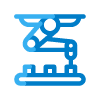
Proven Technology
Very simple manufacturing processes provide reliable products
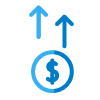
Cost-Effective
Single-Sided PCBs are the cheapest option for PCB manufacturing
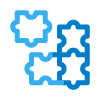
Many Options Available
Multiple raw materials and surface finishes are available.
What is Single-Sided PCB?
Definition
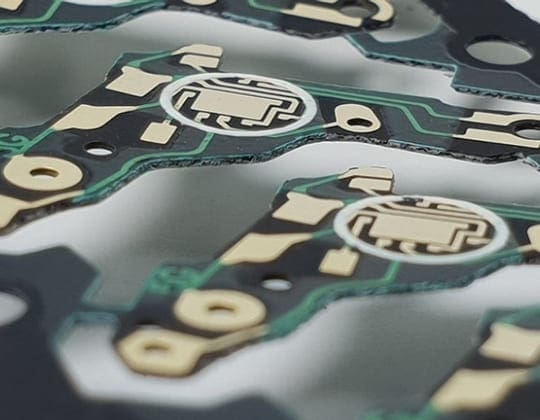
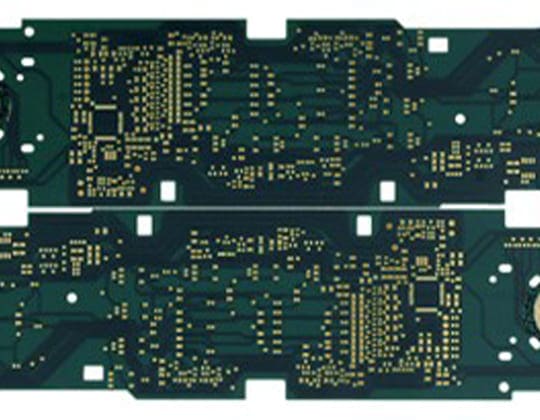
Specifications
Base Material: The base materials used in Single Sided PCBs are FR4, CEM-1, CEM-3 (FR1/XPC,).
Thickness: 0.4 mm to 3.2 mm
Copper Weight: 1 to 2 oz/ft² minimum
Lines and Spaces: low cost 200um, minimum 100um
Layer Count: 1
Surface Finish: LF HASL, OSP, Im Tin, Im Silver, ENIG. (Recommended LF HASL or OSP due to price.))
Solder Mask: Green, White, Black, Blue, Red, Yellow.
Single-Sided PCB Materials
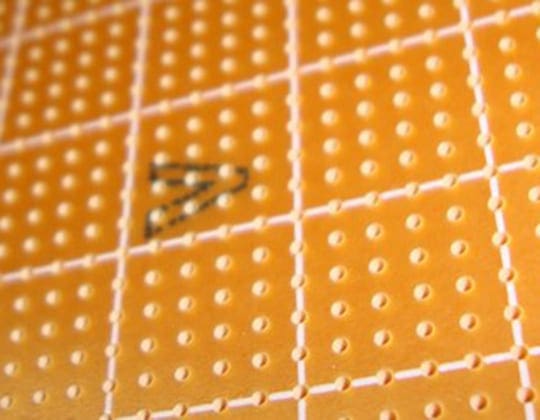
FR1/XPC
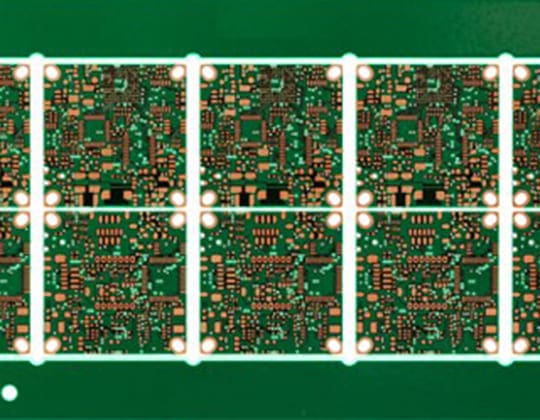
CEM1
CEM-1 is a composite material composed of woven glass fabric and a paper core combined with epoxy resin. With the properties of easy punching, excellent electrical properties, and higher flexible strength, the CEM-1 provides excellent mechanical and electrical properties and punches well up to 2.36 mm (0.093″).
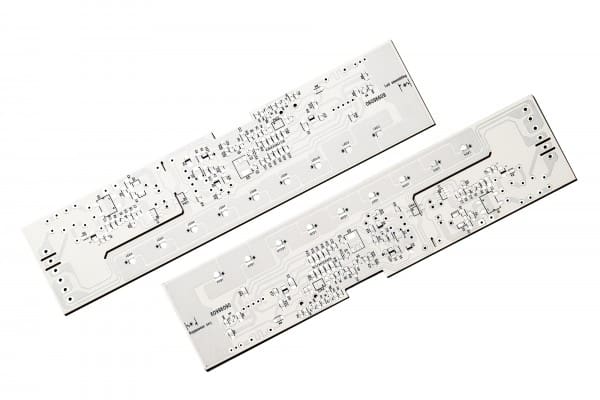
CEM3
The CEM-3 is very similar to FR4 but instead of woven glass fabric throughout, a composite of a non-woven glass core and a woven glass surface is used. CEM-3 has a milky white color and is very smooth. It is a complete replacement for FR4 and has a very large market share in Asia. It is a type of flame-retardant epoxy, copper-clad, plate glass material, and is generally used in electronics for double sided-PCB boards.
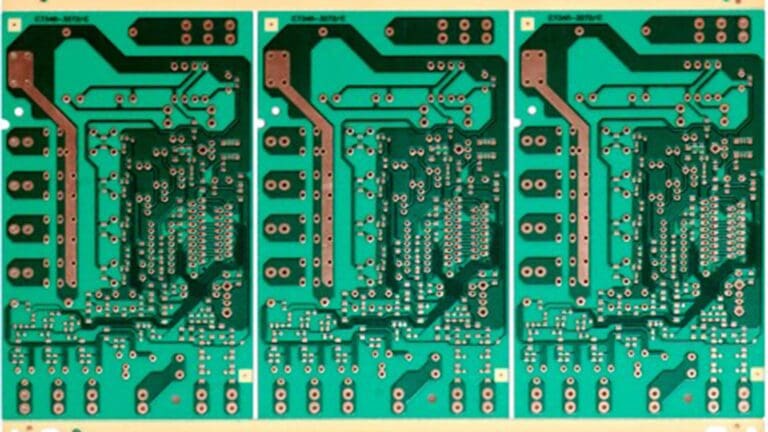
FR4
Do you Need Single-Sided PCB?
Single sided printed circuit boards are widely used in many electronics (camera systems, printers, radio equipment, etc.), especially in the automotive, consumer, and medical industry.
Technical Data
Single-Side
| SS Feature | ICAPE Group Single Side technical specification |
|---|---|
| Technology highlights | Single side PCB without PTH. The cutting is carried out by hard-tooling with push-back option. Peelable mask, carbon ink, silver jumper on demand. |
| Materials | From cost effective CEM1 to FR4 with high CTI up to 900V option. |
| Base Copper Thickness | 1 Oz to 3 Oz. |
| Minimum track & spacing | 0.2mm / 0.225mm. Advanced 0,1mm / 0,1mm |
| Surface finishes available | OSP, HASL-LF, ENIG, Flash-Gold. |
| Minimum mechanical drill | 0.2mm |
| PCB thickness | 0.40mm – 2,4mm. Advanced 3,2mm. |
| Maxmimum dimensions | 490x600mm. Advanced: 1200x285mm. |
Close to you, you best contact
Learn more about Single-Sided PCB
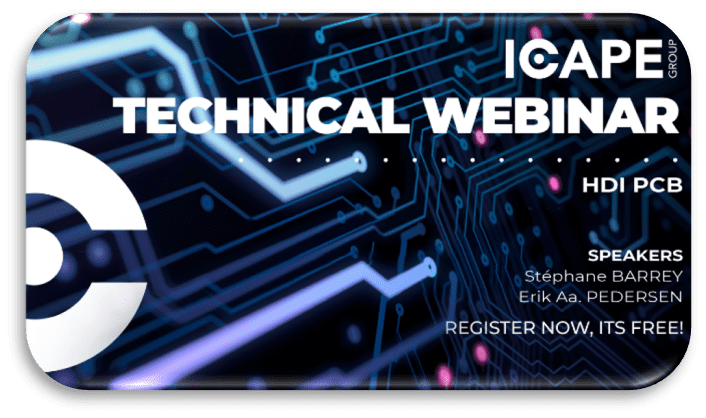
Webinar

White paper
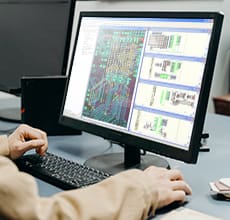
Design rules
Any questions?
There is an ICAPE Group team close to you and your business. All around the world, our business units are staffed with native experts available to answer all your questions.
Contact us today!